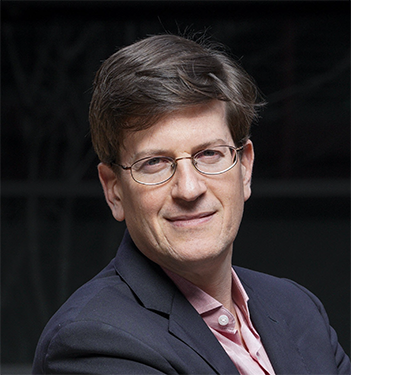Mark J. Schnitzer - Optical imaging of neuronal dynamics in healthy and diseased brains
Talk details
- Date: 1 May 2022
- Video recording
Talk abstract
From the speaker:
“Optical techniques have become central to research at the forefront of brain science and are still rapidly increasing in their breadth and importance to the field. For instance, the United States Brain Research through Advancing Innovative Neurotechnologies (BRAIN) Initiative has as one of its priorities the aim of fostering continued innovation in this domain. I will present recent advances in optical brain imaging, which have allowed the visualization of large-scale neural codes in behaving animals as well as optical readouts of neuronal voltage oscillations. I will then illustrate different ways in which neural information processing can become aberrant in states of brain disease, as revealed using optical imaging technologies. Further innovation in these areas in upcoming years is likely to yield better understanding of both healthy and diseased brains.”
Presenter
Mark J. Schnitzer
Mark J. Schnitzer is a Howard Hughes Medical Institute Investigator and a professor in Stanford University’s departments of Applied Physics and Biology. His work has focused on the innovation and use of optical imaging technologies for understanding how large ensembles of neurons control animal behavior. His lab has invented several technologies that are now commercially available, including tiny microscopes that are small enough to be mounted on the head of a freely behaving mouse and that are now used by more than 500 labs worldwide. This technology won The Scientist’s Top Innovation of 2013, and the 2019 Method of the Year from Nature Methods. Professor Schnitzer is a scientific co-founder of two Silicon Valley startup companies that have commercialized optical inventions from his laboratory. He was a member of the National Institutes of Health (NIH) Advisory Committee that wrote the BRAIN 2025 report, the blueprint for the NIH BRAIN Initiative, and of the National Academy of Sciences Committee that wrote the 2022 Decadal Survey of Biological Physics. His lab extensively uses its optical innovations to study the principles of neural circuit operation underlying perception, memory and motor control, and how normal brain operation goes awry in states of brain disease. He has received multiple awards in recognition of and to support his research, and 20 of his lab's trainees have gone on to run research groups of their own at prestigious universities and research institutes around the globe.


